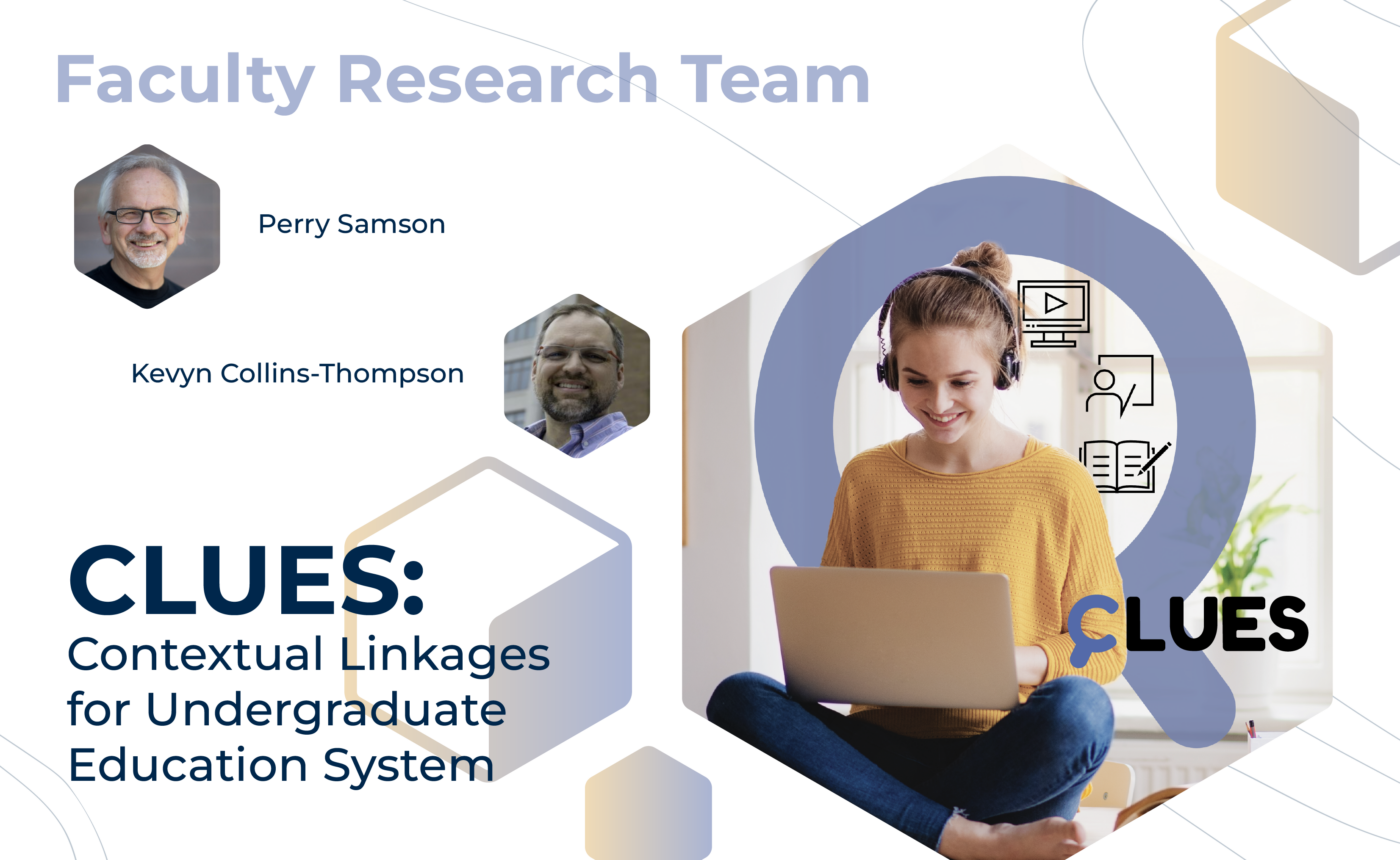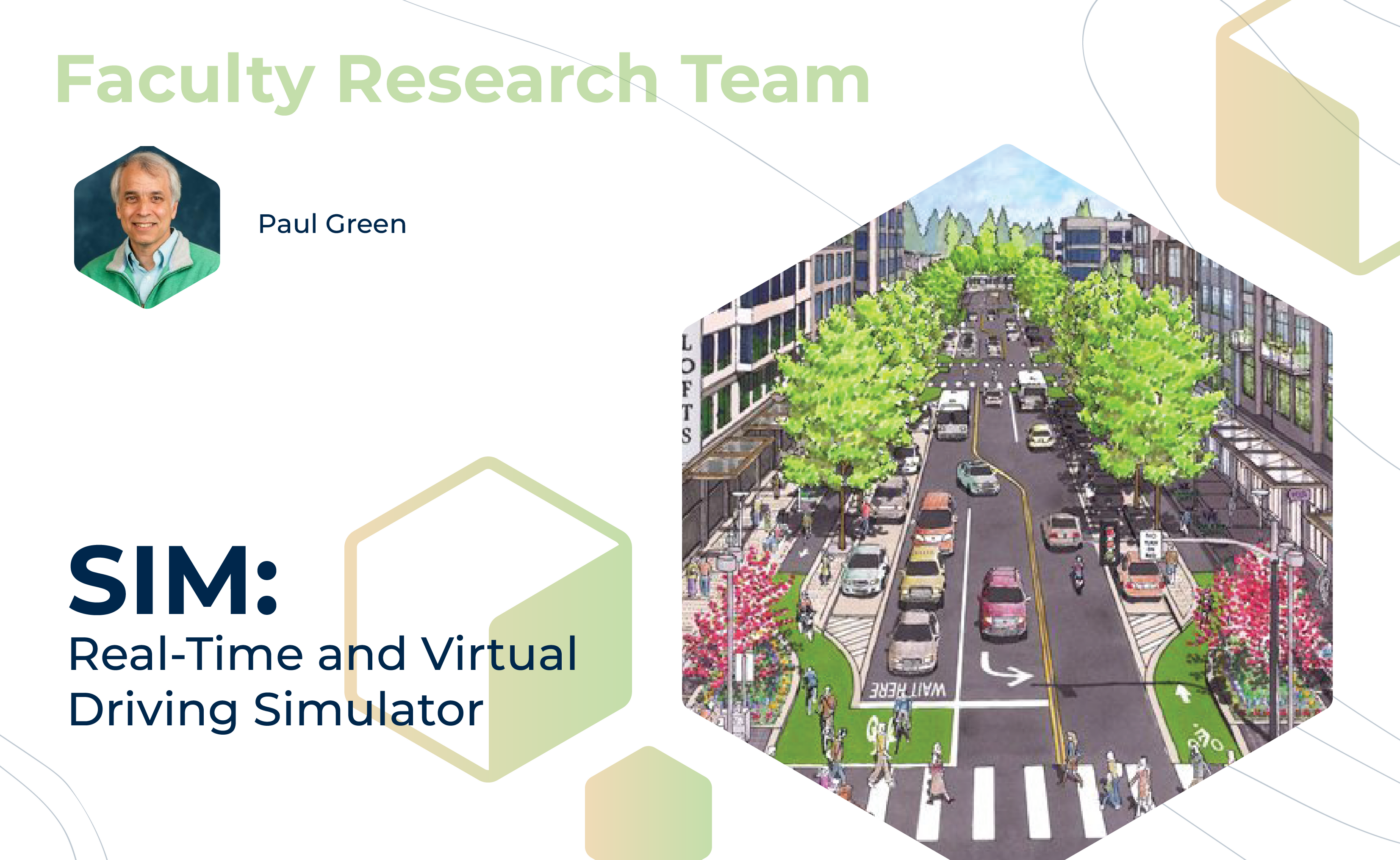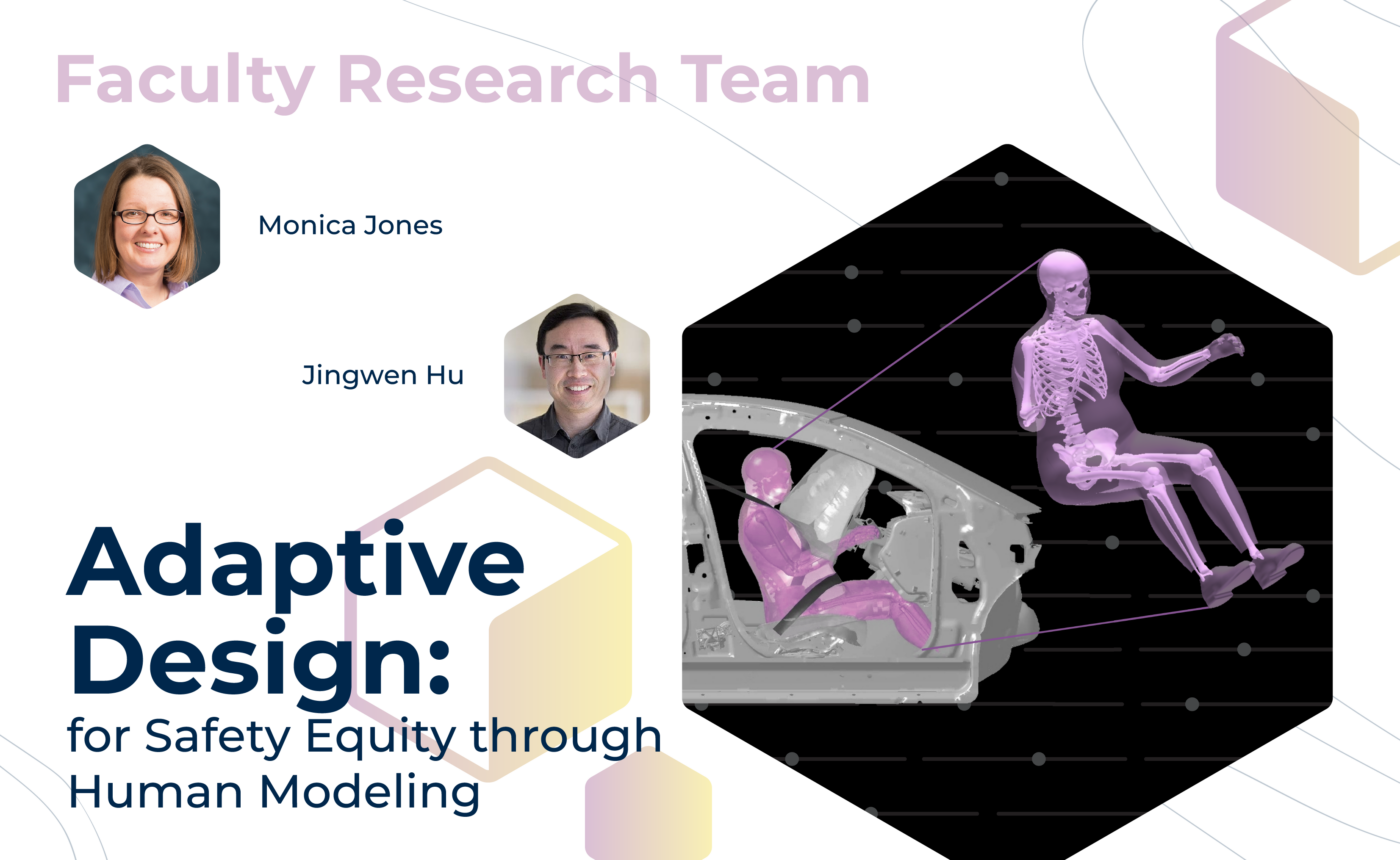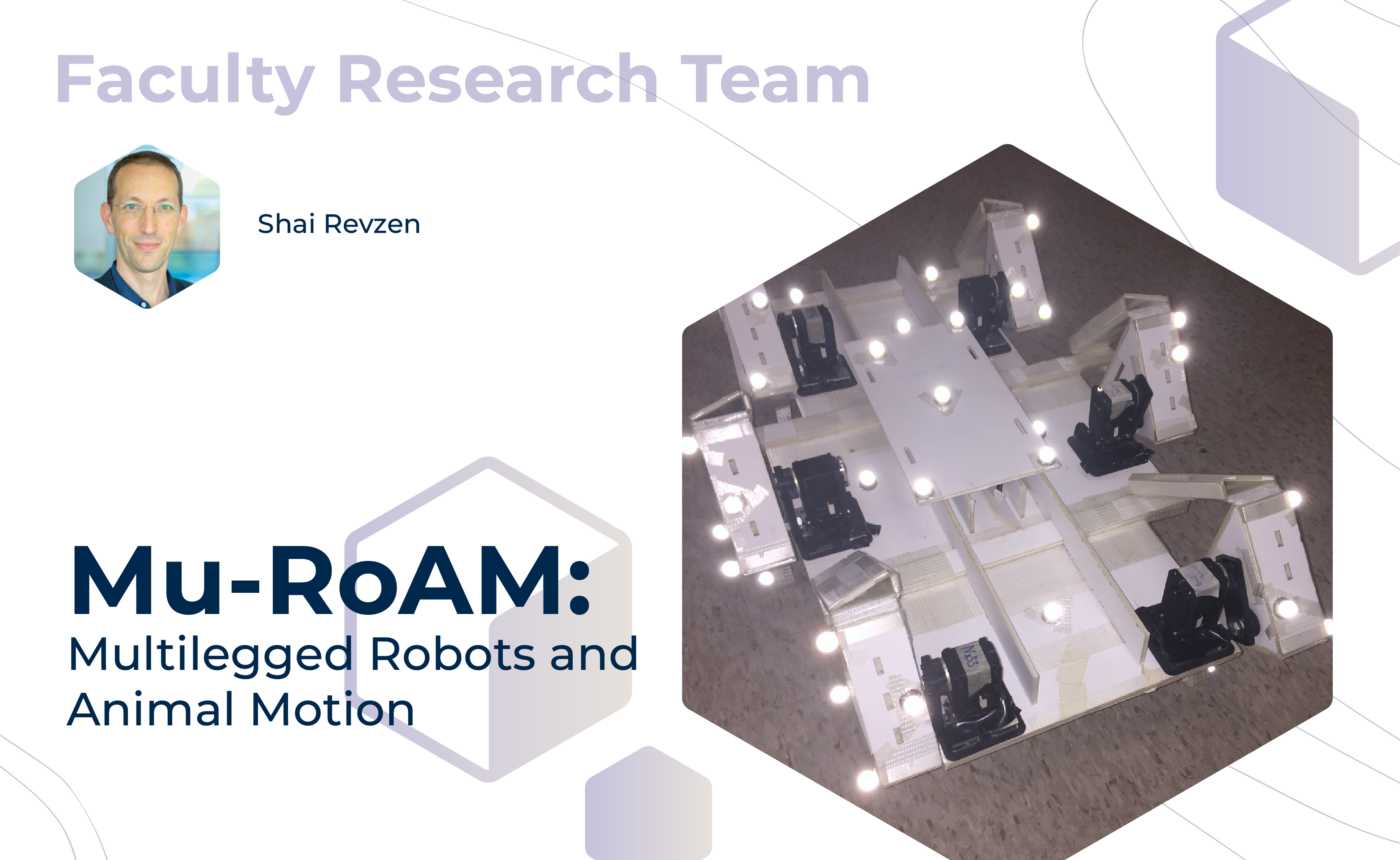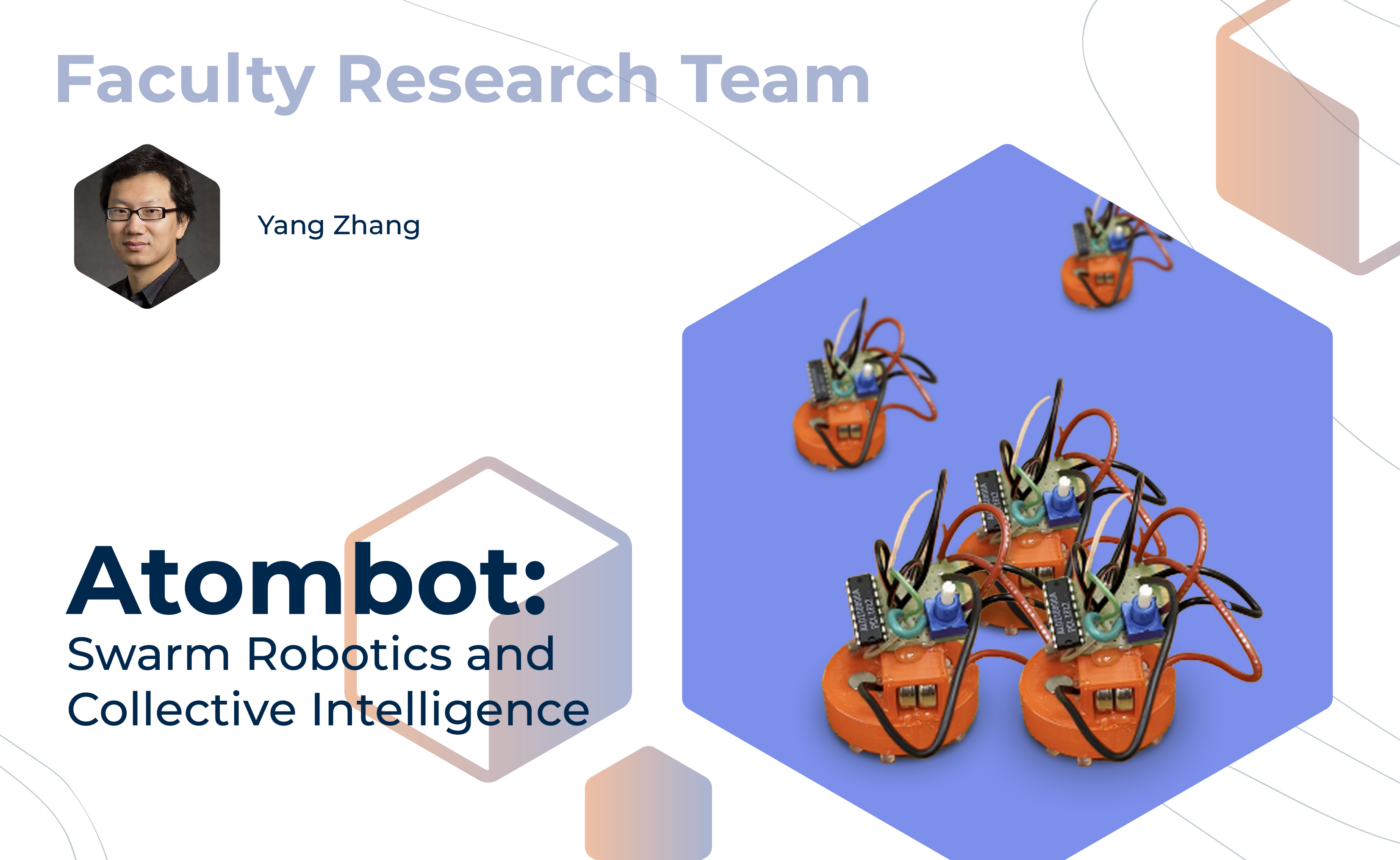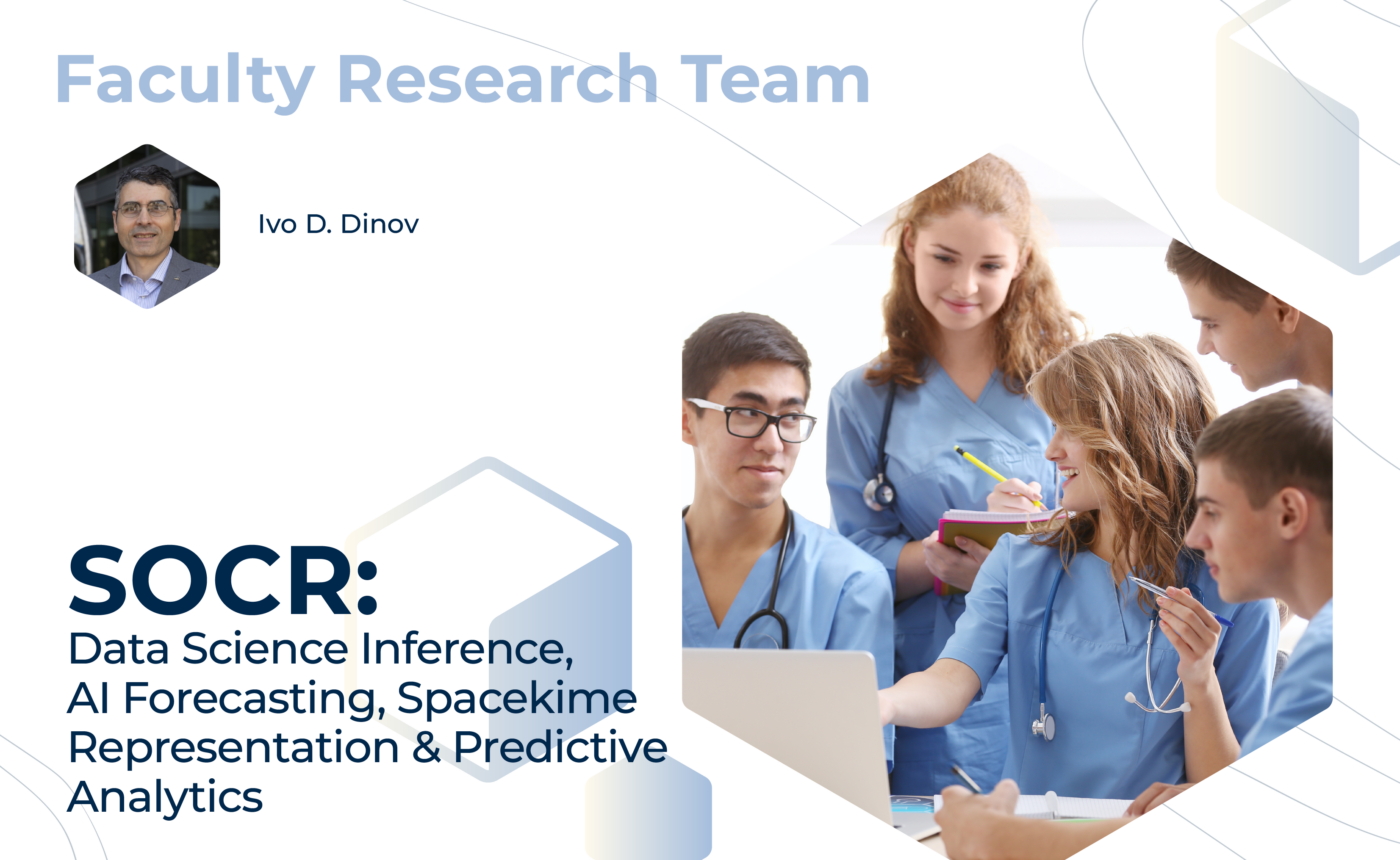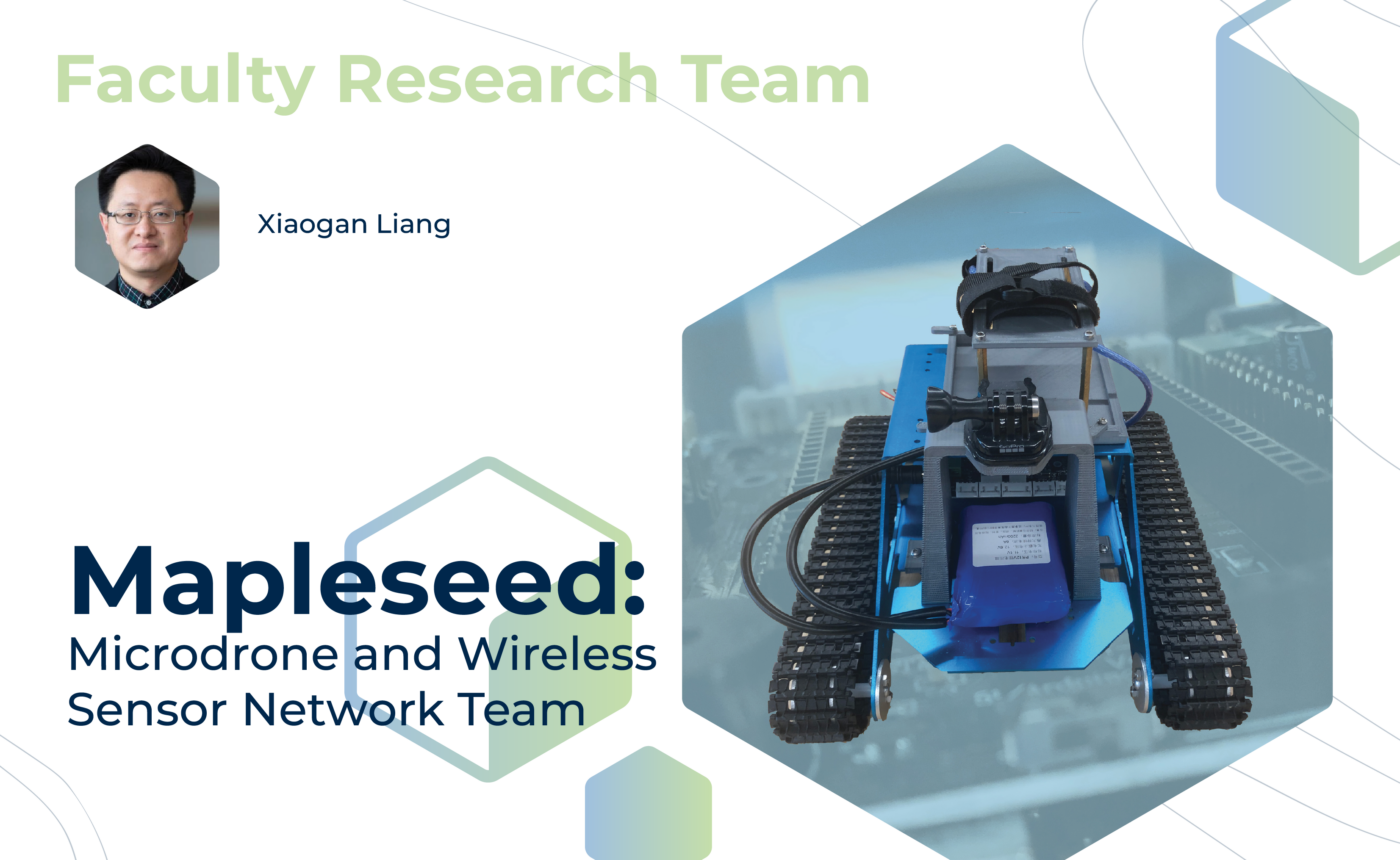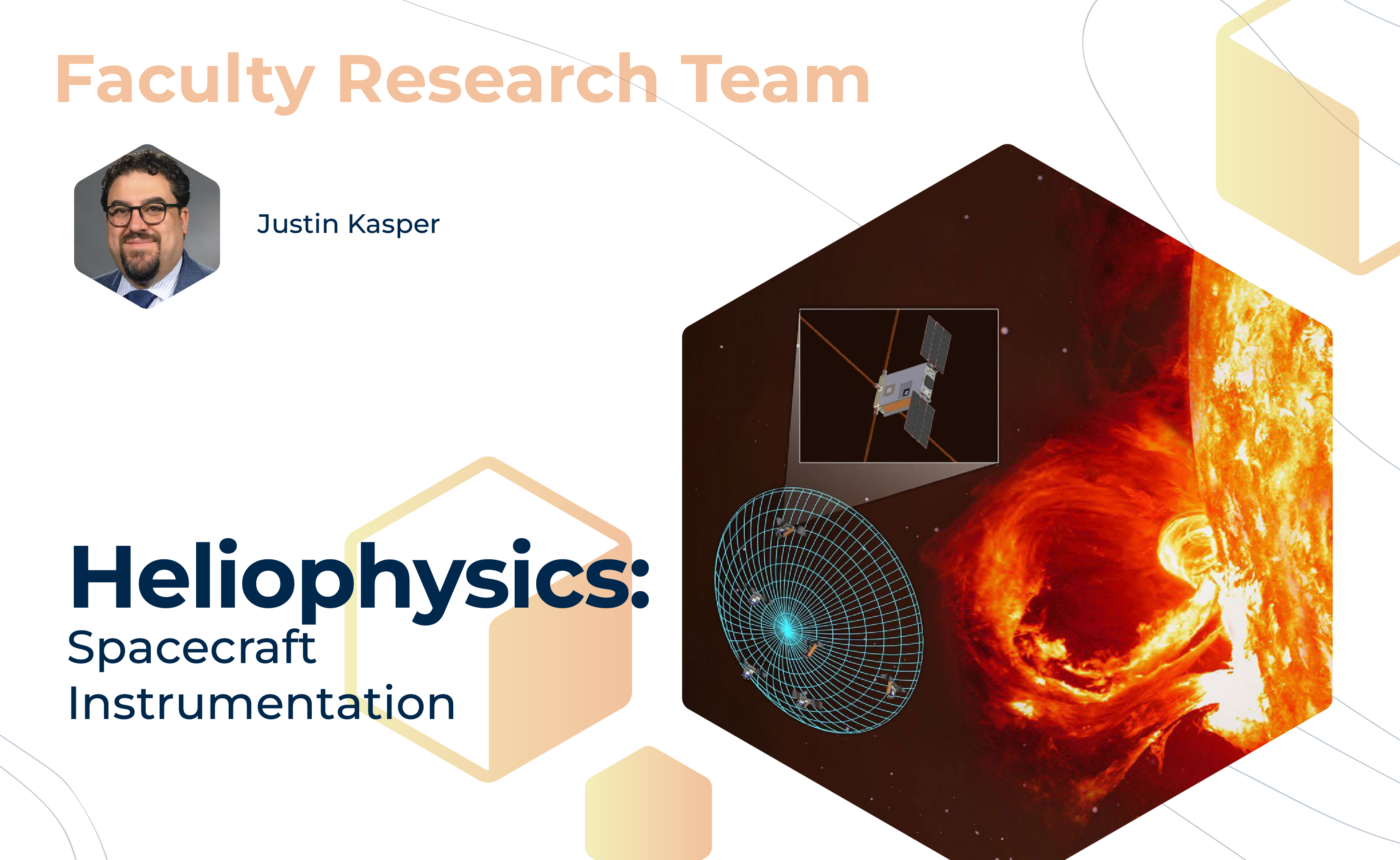– Clear
The CLUES Project uses artificial intelligence methods to index both what was said and visually presented in class sessions. Through this innovation an unprecedented data set is being created that identifies the knowledge being transmitted in college courses and allows students the ability to search for specific moments in their class sessions.
Researchers at the University of Michigan Transportation Research Institute (UMTRI) have been improving accident impact simulations by broadening the types of body sizes and shapes considered. Students will develop parametric human body models that are capable of testing wide ranges of body sizes, types, and shapes to help create better adaptive and personalized designs for human safety and mobility.
As therapies for cancer become more available world-wide, there is a need to develop screening tools to diagnose potential patients overcoming geographical and economic limitations. This faculty research team will develop software-based tools to facilitate diagnosis and interpretation of cancer image data.
The Statistics Online Computational Resource (SOCR) is an online platform including web-services and advanced methods in probability, statistics, and machine learning in the health sector. This team will develop an enhanced analysis and visualization toolbox with an emphasis on “Big Data” - very large datasets that are difficult to analyze and interpret in meaningful ways with basic probability and statistical methods.
Wireless sensor networks (WSN) are needed for studying Earth’s climate and for real time monitoring of the spread of viruses or pathogens such as those related to Covid-19. The Mapleseed team aims to develop miniaturized robotic vehicles (e.g., microdrones, mini-airplanes, and rovers) capable of carrying various sensors and automatically measuring certain atmospheric parameters and particle/virus concentrations in targeted spaces.
The Heliophysics team is designing a ground radio prototype and data analysis pipeline to detect radio bursts from extreme space weather in collaboration with NASA’s SunRISE mission, which will send up a space-based array composed of 6 small satellites to Earth orbit to image the lowest frequency radio bursts for the first time.

